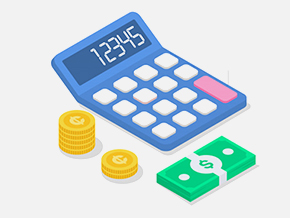-
- PCB TYPE
- PRINTED CIRCUIT BOARD PROTOTYPE ALUMINUM PRINTED CIRCUIT BOARD R&F PCB FPC HIGH FREQUENCY PCB HIGH-TG PCB HEAVY COPPER PCB HDI PCB PCB FOR LIGHTING METAL CORE PCB
time:May 28. 2021, 15:20:49 Views:221
PCB design engineers often regard circuits, the latest components and codes as important components of electronic projects and attract the most attention, but sometimes they ignore the PCB layout of key electronic components. Poor PCB layout can cause functional and reliability issues. This article contains practical PCB layout techniques that can help your PCB project work correctly and reliably.
Line width
Copper traces in the real world have resistance. This means that the trace will produce a voltage drop when current flows, power consumption and temperature rise. The resistance is defined by the following formula:
$$ R = \ frac {(resistivity*length)} {(thickness*width)} $$
PCB designers most often use length, thickness, and width to control the resistance of PCB traces. Resistance is the physical property of the metal used to make the trace. PCB designers cannot really change the physical properties of copper, so please pay attention to the trace size that can be controlled.

PCB trace thickness is measured in ounces of copper. If 1 ounce of copper is evenly distributed on an area of 1 square foot, we will measure the thickness as one ounce. The thickness is one thousandth of an inch. Many PCB designers use 1 oz or 2 oz of copper, but many PCB manufacturers can provide a thickness of 6 oz. Please note that it is difficult to make small features such as thick pins. For its functions, please consult your PCB manufacturer.
Use the PCB trace width calculator to determine the width and width of the trace that suits your application. The aim is to increase the temperature by 5°C. If there is extra space on the board, use larger traces because they will not cost anything.
When making a multilayer board, remember that the traces on the outer layer dissipate better than the traces on the inner layer, because the heat of the inner layer must pass through the copper and PCB material layers before being conducted, radiated or connected.
Make the loop smaller
The loop, especially the high-frequency loop, should be as small as possible. Small loops have lower inductance and resistance. Placing a loop on the ground plane can further reduce inductance. Having a small loop can reduce the high frequency voltage spikes caused by $$ V = L \ frac {di} {dt} $$. The small loop also helps to reduce the amount of signals that are inductively coupled into the node or broadcast from the node from an external source. Unless you are designing an antenna, this is what you want. In addition, for the operational amplifier circuit, please make the loop smaller to prevent noise from coupling into the circuit.
Decoupling capacitor placement
Decoupling capacitors should be placed as close as possible to the power and ground pins of the integrated circuit to maximize decoupling efficiency. A capacitor placed far away will introduce stray inductance. Multiple vias from the capacitor pins to the ground plane reduce inductance

Got project ready to assembly? Contact us: info@apollopcb.com



We're not around but we still want to hear from you! Leave us a note:

Leave Message to APOLLOPCB
